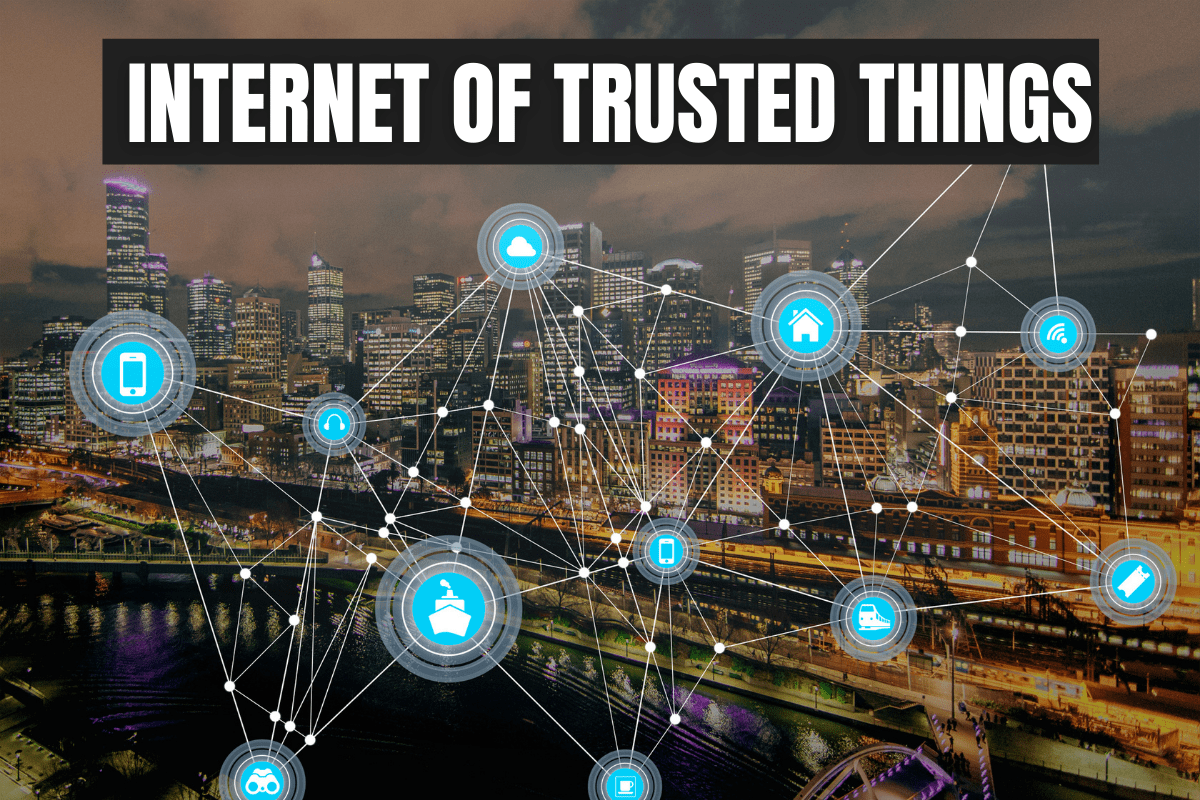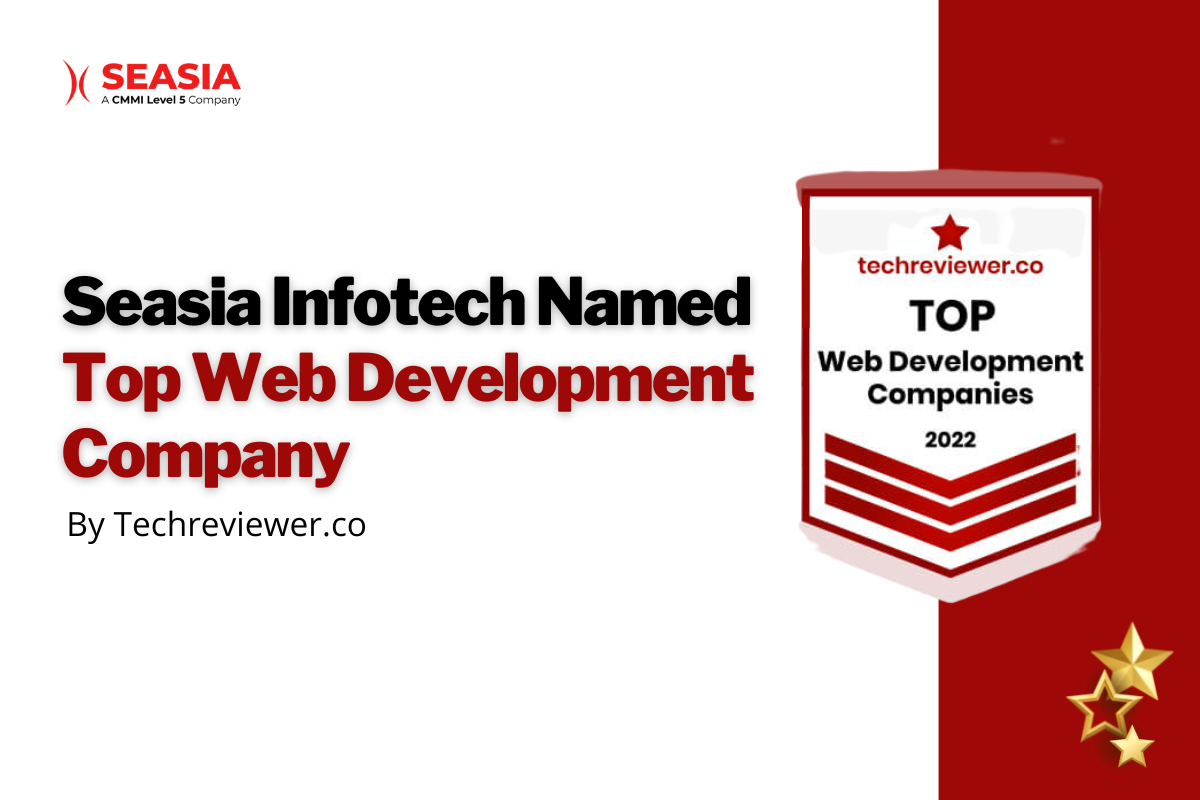The internet of things — the concept that says “Everything is becoming connected”!
Anything and everything that can be connected -will be connected. With this technology transformation, a huge number of electronic devices, sensors, and applications are connected and sharing data.
Internet of Trusted Things has changed the ways we live, work, move and play today. Advanced technologies such as edge computing, 5G, blockchain, and artificial intelligence are continuously developing in scale and maturity.
“Boston Consulting Group anticipated that the IoT market will be valued $500 billion by 2025.”
“The Global Market Insights predicted that the IoT for the utility industry would multiply by double digits every year!”
What is Internet in IoT?
Internet of Things explains and establishes the connection between electronic objects with the help of chips, software, sensors, and other IoT hardware. This involves any object with the implementation of digital systems and sensors, which further leads to working intelligently with the exchange of information, allowing the return of data on use, sending commands, and identification of the presence of digital appliances, among other applications.
Worst-case scenarios with IOT- A Possible nightmare!
Internet of Things (IoT) is alarmingly posing a security challenge in all its applications. Consumers cannot trust IoT-enabled appliances as hackers can easily hijack IoT devices with malware for DDoS. Due to a lack of security measures on smart gadgets, it may lead to leakage of personal data. Corporate companies are increasingly deploying IoT on their networks and installing control devices that could be easily leveraged to disrupt their operations.
Time To Talk About Fixing The IoT Nightmare- With Internet Of ‘Trusted’ Things
To overcome the IoT security problem, one easy way out is to stop deploying IoT devices at all! Seems irrelevant? It actually is!
The only way to fix IoT security issues is by adding multi-factor authentication to IoT devices which transforms them into trusted devices. Internet of Trusted Things concept addresses a huge number of other issues in addition to security aspects. With the help of multi-factor authentication, it creates a foundation for secured future device development and implementation. Furthermore, it helps consumers view the trusted identities and use the devices and technology in a more connected environment.
With trusted IDs in wearables or smart devices, the users would want to open doors, access devices, log in to cloud resources, and perform other daily activities.
The total installed base of Internet of Things (IoT) connected devices worldwide is projected to amount to 30.9 billion units by 2025, a sharp jump from the 13.8 billion units that are expected in 2021.
Now is the time to leverage Trusted Identity with IoTT!
Using the foundation for the Internet of Trusted Things- “Trusted Identity”, the companies can create controlled access to be the base for protection from cyber attacks. Today’s increasingly connected workplaces and societies are in dire need of integrated devices with multi-factor authentication solutions. IoTT is here to stay and improve the security across connected devices significantly. The users want their identities to be connected across secured systems for more accessible and safe access.
Biometric Authentication
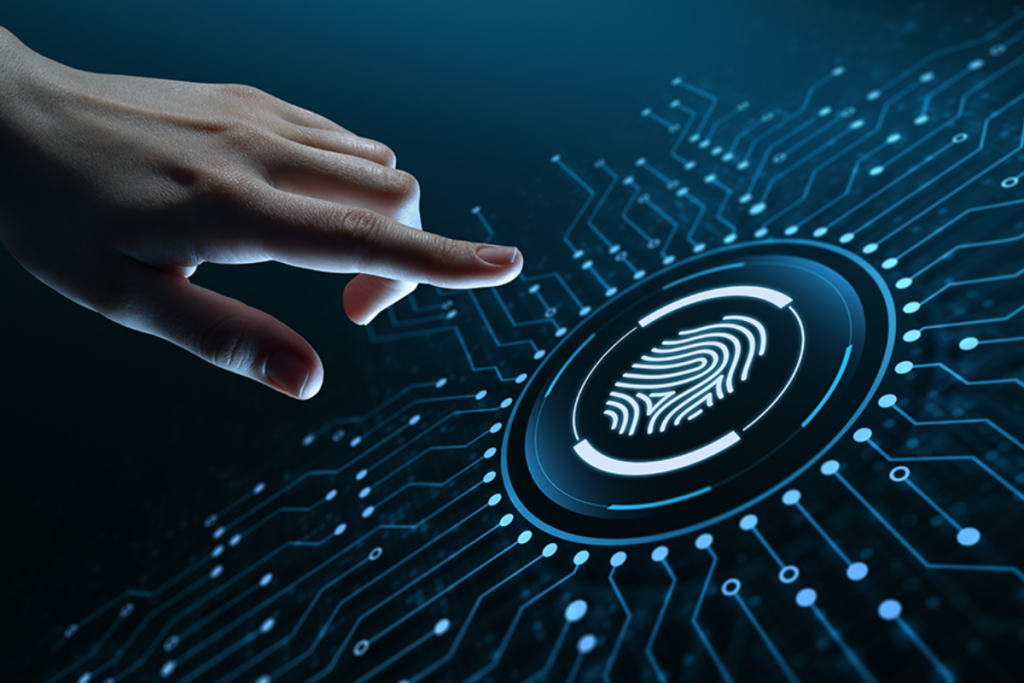
Using biometrics as an addition to multi-factor authentication systems gives another layer of trust that no other medium can achieve. Upgrading to biometrics would prove who you are instead of relying on authentication devices or passwords. In addition, this multi-factor security platform helps eliminate any last moment inconvenience for the end-user, such as misplaced security tokens or a collection of easy-to-forget passwords.
This is the time to tie our identities and security closely to protect critical data and information at an enterprise level. IoTT gives a stronger foundation for the end-user to embrace modern technologies.
What Are The Examples Of Internet Of Things?
The Internet of Things is fit for the needs of many industries such as healthcare, agriculture, and more. The IoT technology has come in handy with its use in smart devices such as home appliances, smart cars etc. Here are the most in-demand areas of IoT technology involvement:
1. Smart Homes
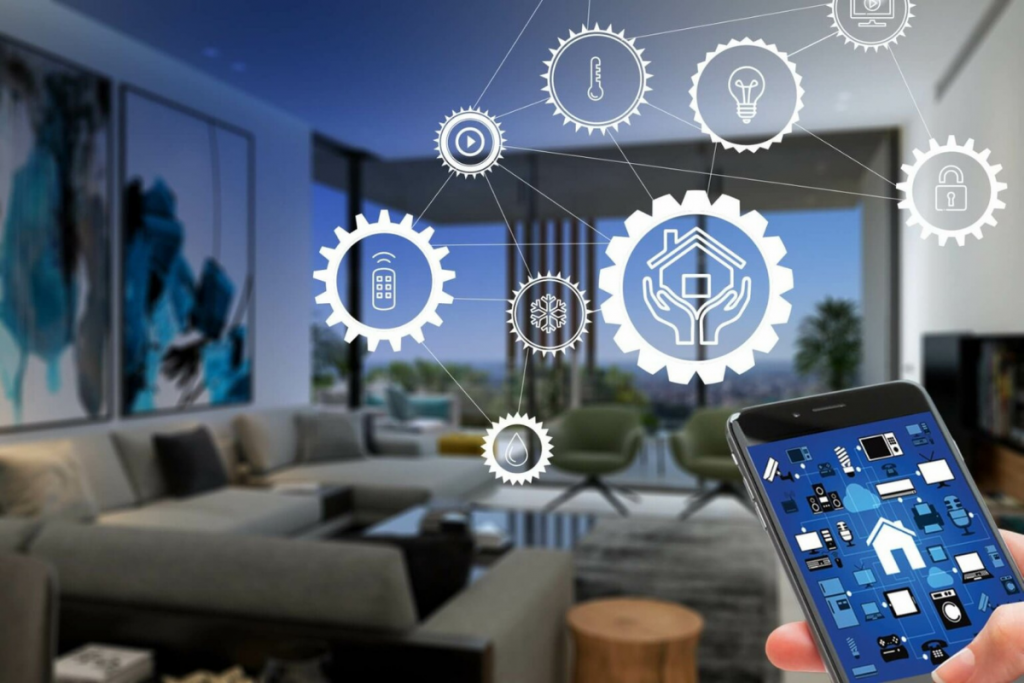
Smart homes are an impeccable example of IoT. The concept of smart homes will become as common as smartphones in no time as the companies such as Nest, Ring, and more are entering the market with never seen before features. The use of IoT in smart home appliances such as speakers, refrigerators, and lights is very common these days. For example, with the help of mesh networking, Philips lights help you set different hues and control the color of lightning from anywhere in and out of the house.
2. Smart Cities
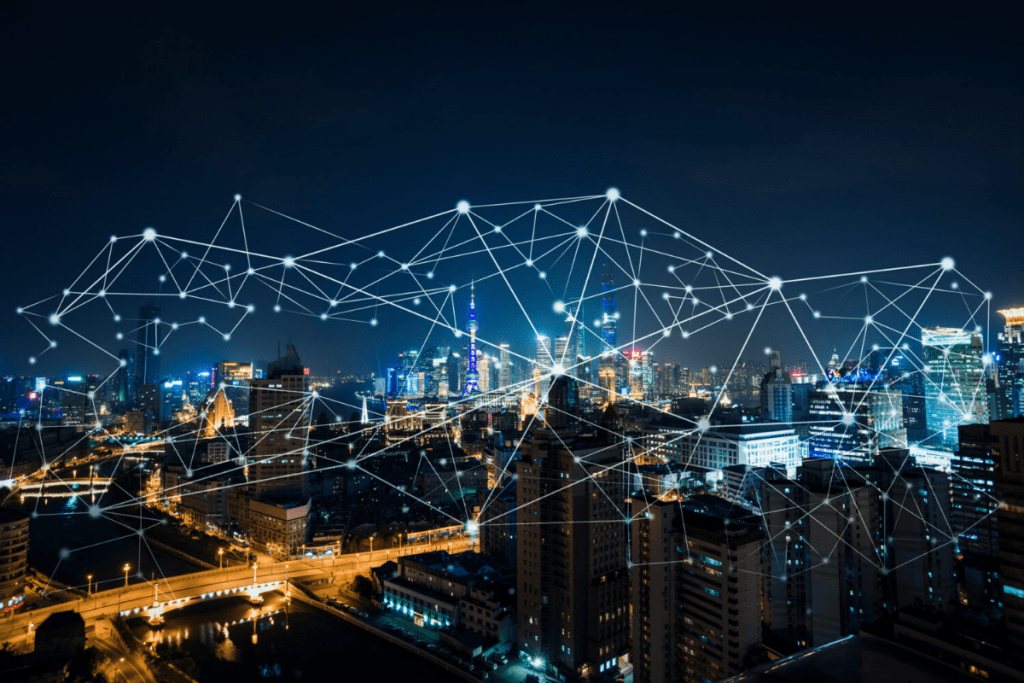
The most influential application of the Internet of Trusted Things is in the establishment and development of smart cities. Who doesn’t want to live in a smart city embedded with all the features such as automated transportation, smart surveillance, and more!
IOTT has turned out to be perfect for the cities coming across problems like traffic congestion, pollution, and a deficit of power supplies. With the help of embedded IoT devices such as connected meters, lights, and sensors, one can find the available free parking area across the city or reap the safety benefits of a planned transport system to reach anywhere in no time. As a result, Singapore is one of the finest examples of the safest cities offering technology resiliency and urban safety.

3. Smart And Automated Cars
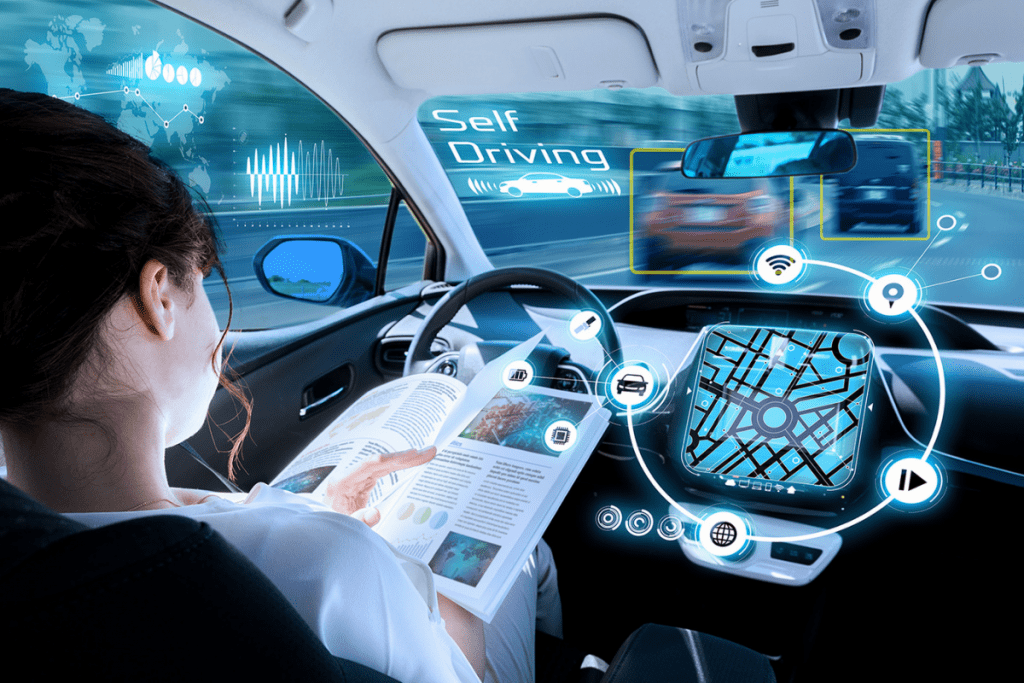
Automotive companies such as Tesla and Ford have made the dream of smart cars come true. With fascinating features such as automatically opening the garage gate, the user can also control the car charging, monitor the car, and discern its speed, location, battery, temperature, and lights remotely.
Tesla Model S made it among “Internet of Things” applications that keep its user informed and entertained as well.
4. IoT Connected Healthcare System

The introduction of smart medical devices has made the real-time monitoring of patient's health possible from anywhere. The IoT embedded devices can directly alarm physicians about an emergency, helping save a lot of lives. There are huge numbers of applications of this technology that allows to take better and informed clinical decisions. The doctors can access your data anywhere and store it online. The health monitoring data can be related to
- Weight
- Blood pressure
- Sugar level
- Height
- Oxygen level
- Glucose levels
- Medication effects and more.
Smart healthcare software and devices are making the industry serve with patient handling services, emergency services, routine health checkup reminders, instant ambulance services, and provision of other health aids in no time!
5. Smart Agriculture
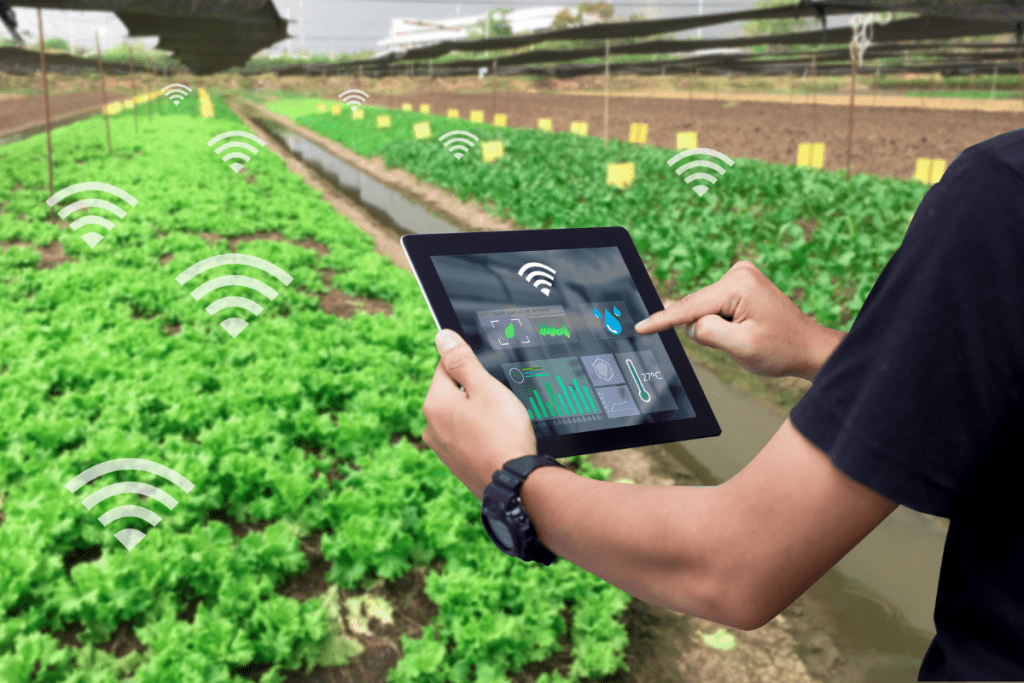
The use of IoT and advanced techniques are helping to increase food production across man countries. With the help of smart IoT applications, farmers can easily raise the quantity and quality of agriculture production. With the help of smart farming techniques and technologies, the farmers can:
• Identify the best time for plants harvesting
• Develop profiles of different fertilizers as per the soil chemistry
• Know more about moisture levels and soil nutrients
• Have details about environmental predictions and weather conditions
• Easily detect leaks and information on humidity, temperature, and moisture with the help of weight sensors in silo stock
6. Gadgets and Wearables

The Wearables industry is booming in the market, and each one of us is making them a part of our daily lives. Since the smartwatch and Fitbit devices are connected to the internet, it ultimately becomes a part of IoT. The other wearable technology devices such as AI hearing aids, smart jewelry, body-mounted sensors, and fitness trackers help transmit the data related to biological aspects for healthcare purposes.
7. IoT Data Analytics

Businesses are analyzing data increasingly to make decisions based on trends and patterns. With a huge number of electronic devices connected to the internet today, we share a lot of data through sensors, and all of it is of no worth- if there isn’t any analysis conducted. IoT analytics aids in collecting huge chunks of data to maximize operational outcomes at all levels.
For instance, IoT data analytics help to derive a huge number of benefits such as optimization of operations, automatically controlled procedures, customer engagement, and employment authorization.
8. IoT Barcode Readers

When it comes to inventory management for big-house corporations and retailers, the most favorite technology is IoT barcode readers. The bar code readers are integrated with cloud data connections to ease the procedure of governing inventory. The IoT barcode readers are being introduced into shopping carts as well so that the shopper can easily detect kept-in or remove products from the cart.
The sensors inside IoT barcode readers detect the signals from the illumination system and send an analog signal to the decoder. It helps the decoder to understand, validates, and convert the barcode into text.
The software and sensors inside IoT wearables can track information related to health, fitness, and entertainment aspects. For example, with detailed information about one’s desires, the fitness devices with embedded IoT can help you continuously sense the body movements, whether you are running fast, walking or even standing.
10. Smart Supply Chain Management Programs

With easy to anticipate inventory levels, the supply chain managers can also make the best use of rerouting algorithms and smart routing features today. In addition, these IoT devices are directly connected to packages to inform about the real-time and exact location via GPS for further decision-making.
The involvement of IoT smart devices has brought endless benefits in supply chain management such as:
- Reduced risk levels
- Decreased chances of clashes
- Enhancing profitability
- Lowered overhead expenses and losses
Example of Use of Internet of Trusted Things in Amazon
Before the introduction of smart chain management devices, the employees at Amazon used to roam the entire warehouse to scan products. Now they have Wi-Fi-connected robots to perform inventory scanning, while the workers can now save time and focus on other supply chain tasks.
Still Wondering- “Can We Trust IoT?”
In the introducing years of IoT, we were ushered into the excitement of living in smart homes, with everything connected from wall plug, thermostats, coffee makers, light bulb, baby camera, refrigerator, doorbell, to robotic puppy.
The moment these simple home devices stopped working or started getting hacked, we shifted our concerns to the Internet of Trusted Things. The harsh reality is that everything is being reshaped by IoT- and not just one industry. With the data hidden inside these smart devices, the transformation is possible with the use of the Internet of Trusted things. The safety-enabled measures will help unlock, extract and access the data in a secured manner.
Analyzing data isn’t one day task. However, the need for reliable data is increasing and IoTT is an irreplaceable medium on this long journey ahead.
